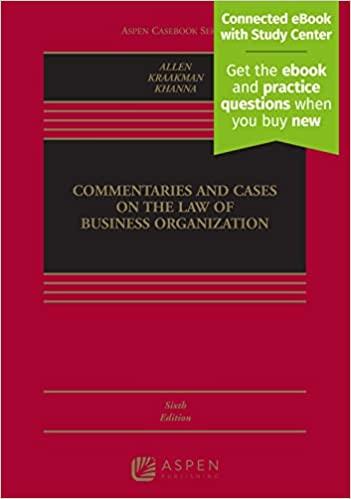Answered step by step
Verified Expert Solution
Question
1 Approved Answer
QUESTION 1 Why has California failed to keep pace with expanding its water infrastructure needs? a.Water usage has generally decreased in response to ongoing conservation
QUESTION 1
- Why has California failed to keep pace with expanding its water infrastructure needs?
- a.Water usage has generally decreased in response to ongoing conservation measures and therefore new infrastructure is unnecessary.
- b.Existing water infrastructure remains sufficient to meet state's needs.
- c.Decreased state and federal funding has made construction of new infrastructure challenging.
- d.Near-constant litigation among different groups prevents investment in new infrastructure.
QUESTION 2
- According to the course's text,Managing California's Water, 75% of the precipitation the state receives falls in Northern California. What percentages of that precipitation is required to serve Southern California's water needs?
- a.35%
- b.45%
- c.90%
- d.75%
QUESTION 3
- In the 19th and 20th centuries, the California Supreme Court has consistently ruled that California water rights law__________
- a.Was not independent and must be exactly the same as federal law.
- b.Incorporates the Spanish law of "pueblo rights."
- c.Must prioritize the needs of agricultural uses.
- d.Must prioritize the need of environmental uses.
QUESTION 4
- If you owned land adjacent or adjoining a body of water, you would claim that you had what type of right to use that water:
- a.Property right.
- b.Riparian right.
- c.Prior appropriation.
- d.14th Amendment rights.
QUESTION 5
- The legal phrase, "First-in-Time, First-in-Right" best describes what water law concept:
- a.Riparian rights.
- b.Property rights.
- c.5th Amendment rights.
- d.Prior Appropriation rights.
QUESTION 6
- In 1886, the California Supreme Court heard the landmark case ofLux v. Haggin.What option below best describes the decision of the court?
- a.When determining water rights, California must first consider the water needs of neighboring states.
- b.California water law incorporates both riparian and prior appropriation rights.
- c.Because of California's unique ecological environment, the needs of the chinook salmon must be addressed first, and urban water uses secondary.
- d.None of the above.
QUESTION 7
- William Mulholland is associated with what major redirection of water?
- a.The "conquest" of the Owens River Valley
- b.The Battle of the Hetch Hetchy Valley
- c.The damming of the Colorado River
- d.The Central Valley Water Project
QUESTION 8
- Which landmark California Supreme Court case declared that the state has a continuing and ongoing responsibility to protect the "public trust" in planning and allocating water.
- a.Marks v. Whitney
- b.Environmental Defense Fund v. East Bay Municipal Utilities District
- c.National Audubon Society v. Superior Court
- d.City of Los Angeles v. Aitken
QUESTION 9
- In the late 1980's and early 1990's, the California State Water Resources Control Board (SWRCB) and over 100 water districts failed to reach an agreement on a balanced approach to the water needs for the environment and the water needs for people. This disagreement resulted in what action by the federal government?
- a.Rescinded all federal funding from California and refused to reinstate federal funding until a comprehensive agreement was made.
- b.Declared several wildlife species endangered and forced the diversion of water for environmental purposes.
- c.Federalized all agricultural uses in the state and set limits on the specific amount of crops that could be produced.
- d.Declared a state of emergency in California and required Congress to approve all water allocations.
QUESTION 10
- In 2009, after decades of "water wars," the California legislature declared what two constitutional principles would be the foundation of the state's future water management plans
- a.Riparian rights and property rights.
- b.Reasonable use and the public trust doctrine.
- c.Laissez-faire and endangered species act.
- d.Miners Rights of 1849 and honoring Spanish land grants.
Step by Step Solution
There are 3 Steps involved in it
Step: 1

Get Instant Access to Expert-Tailored Solutions
See step-by-step solutions with expert insights and AI powered tools for academic success
Step: 2

Step: 3

Ace Your Homework with AI
Get the answers you need in no time with our AI-driven, step-by-step assistance
Get Started


